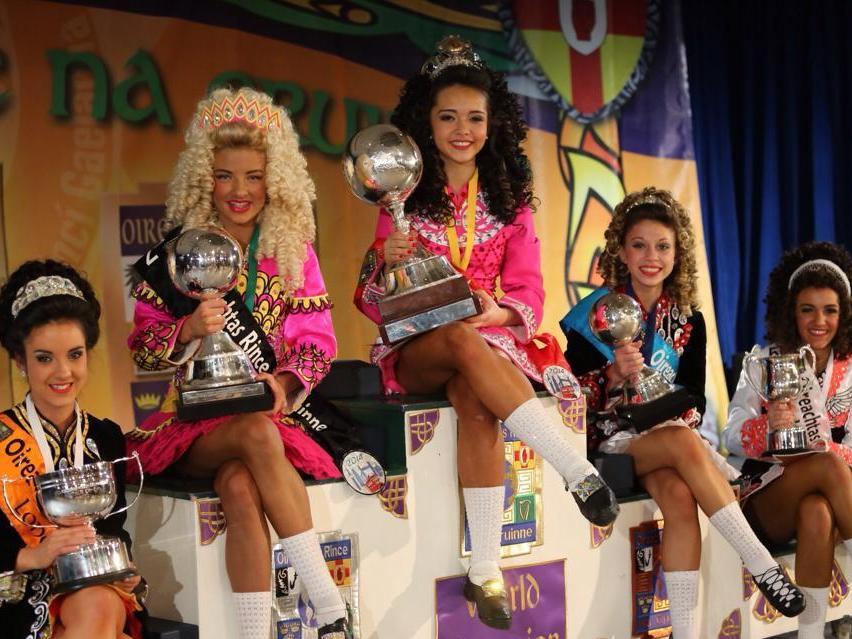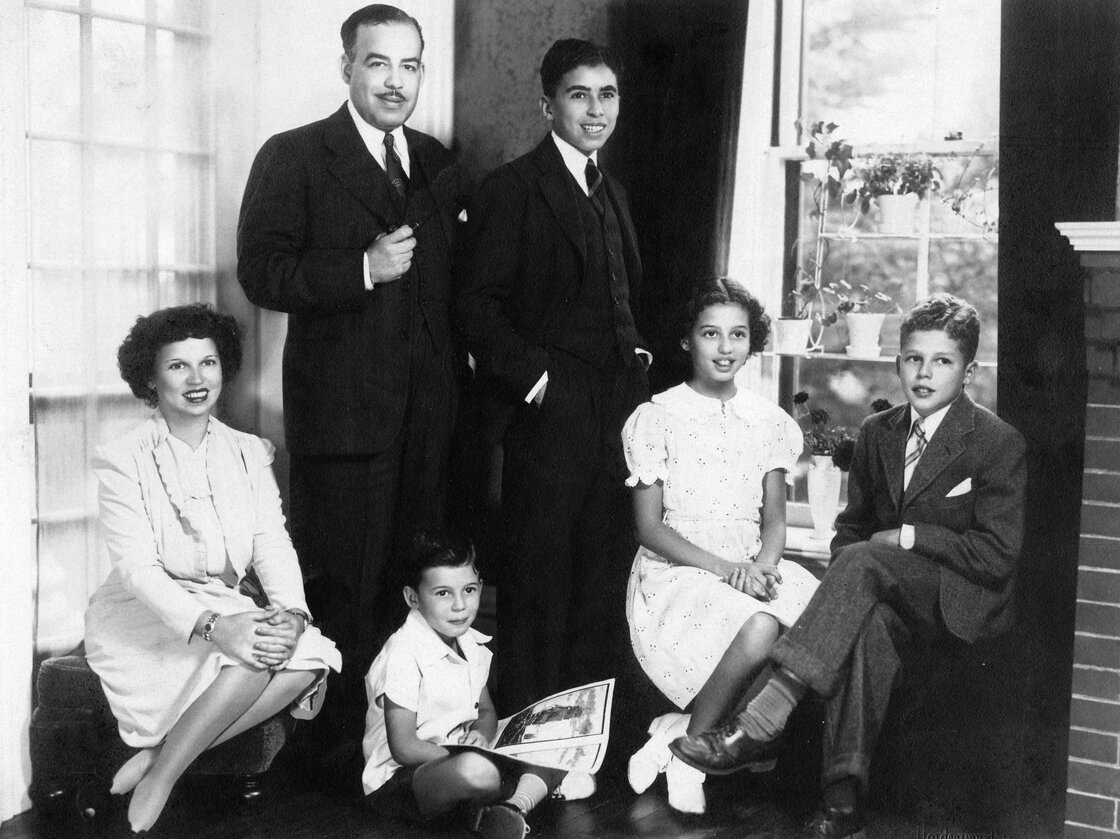Today’s Irish Dancers Step Away From StereotypePosted in Articles, Arts, Asian Diaspora, Media Archive, United States on 2014-10-28 12:53Z by Steven |
Today’s Irish Dancers Step Away From Stereotype
Code Switch: Frontiers of Race, Culture and Ethnicity
National Public Radio
2014-10-27
 Julia O’Rourke (center) wins the 2014 World Irish Dancing Championships. Here, she poses with the top five performers in her age group. Jimmy McNulty/FeisPix |
When Riverdance debuted 20 years ago, Irish step dancers — whether citizens of Ireland or any other country — looked, well, stereotypically Irish. The red-haired, freckle-faced lass doing a jumpy jig still comes to mind for many. But the All Ireland Dancing Championships, currently underway in Dublin, will show how that image no longer reflects the reality.
Take the current Irish dance “it” girl, Julia O’Rourke. She was born in New York, and has Filipino and Irish ancestry. At age 15, she is a two-time world champion and star of the Irish dance documentary Jig. That film follows dancers from around the world who are training for and traveling to the 2010 World Irish Dancing Championships.
“I really hope that I helped change that stereotype,” O’Rourke says. “[Ethnicity] really doesn’t matter anymore. It’s how you dance.” She points to the success of her friend and dance classmate Melanie Valdes, whose father is Cuban-American. “There have been so many dancers to join the community who are only part Irish or not Irish at all,” O’Rourke says, “and they’ve really made an impact.”
“I don’t think the judges even react to it anymore,” says Valdes, who has also swept titles at major competitions, capturing gold at the world championships twice. “It’s all about the dancing.”
For the most part, O’Rourke agrees, insisting that she has never been treated badly because of what she looks like. If anything, it has helped. “Because my look is different, my face doesn’t look like a typical Irish girl, it might pop out a little more to the judges,” she explains.
But diversity wasn’t always so welcome…
…Brown Skin, Spray Tans And Hot Pink Shorts
Now, some members of the Irish dance community see a distinctive look as an advantage. Drew Lovejoy, a now retired two-time world champion, is biracial and identifies as African-American. Nineteen-year-old Lovejoy, known for sporting hot pink shirts in competition, says his unique appearance gave him confidence on stage because it set him apart. He jokes that his skin tone allows him to pull off a different color palette completely…
Read the entire article here.
